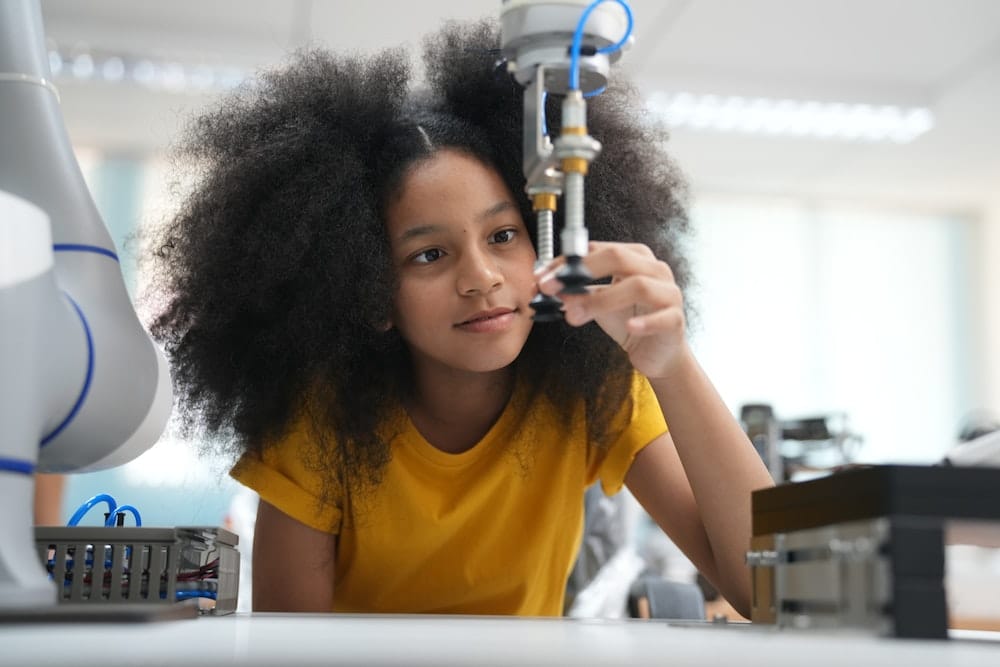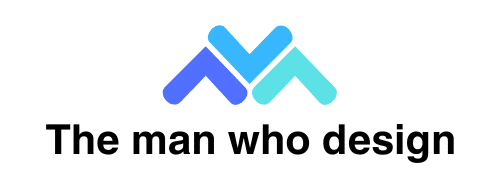What Are the Advances in Smart Glasses for Real-Time Translation of Sign Language?

As we continue to make strides in technology, one area of incredible development that should not be overlooked is the field of assistive technology. A significant leap in this domain is the advent of smart glasses designed for real-time translation of sign language. The drive behind these gadgets is to break down communication barriers that exist between individuals who use sign language and those who don’t.
This article will delve into this fascinating topic, exploring the current advancements, how these devices work, and the impact of this technology on society. Let’s take a closer look at these remarkable devices.
Cela peut vous intéresser : How Is Haptic Feedback Technology Evolving in Remote Surgical Procedures?
The Current State of Smart Glasses for Real-Time Translation
The creation and development of smart glasses that can translate sign language in real-time is a major breakthrough in the world of assistive technology. Over the years, these smart glasses have undergone significant transformations, becoming more efficient, user-friendly, and widely applicable.
These are not just mere glasses. They are equipped with advanced technology like motion sensors, artificial intelligence, and augmented reality to accurately interpret sign language into spoken words or text, and conversely, convert spoken language into text. Essentially, this technology has the potential to revolutionize communication for deaf and hard-of-hearing individuals, as well as those who interact with them.
A découvrir également : What’s the Impact of AI in Analyzing Astronomical Data for Discovery of Exoplanets?
How Do These Glasses Work?
The working mechanism of these smart glasses is truly a marvel of modern technology. Essentially, they interpret the motions and gestures made during sign language and convert them into spoken words or text.
The glasses are equipped with motion sensors and cameras that capture the hand movements of the person signing. Advanced algorithms then interpret these movements, matching them with the corresponding sign language signs and converting them into spoken language.
The glasses also have speech recognition capabilities. This allows them to convert verbal language into text, which is displayed on the glasses’ lens for the wearer to read, making communication seamless and bilateral.
The Impact of Smart Glasses on Society
The advent of smart glasses for real-time translation of sign language undeniably has a profound impact on how we communicate, particularly for those who rely on sign language. It also offers a new way for the rest of society to better understand and interact with the deaf community.
The use of these glasses has the potential to make the world more inclusive by breaking down communication barriers. For instance, they can be used in educational settings to promote active participation of deaf students in class, or in professional environments to facilitate communication between colleagues. These glasses also create opportunities for more intimate and meaningful connections, allowing deaf individuals to more easily share their thoughts, feelings, and experiences.
Challenges and the Future of Smart Glasses
While smart glasses for real-time sign language translation hold great promise, there are still challenges to overcome. These include issues related to accuracy, cost, user comfort, and acceptance within the deaf community.
On the accuracy front, while technology can capture and interpret most signs accurately, it might struggle with regional variations, non-manual markers, and facial expressions that are integral to sign language. As for cost, these glasses are still quite expensive, potentially limiting their accessibility for many users.
In terms of comfort and acceptance, the glasses need to be light, comfortable, and aesthetically pleasing for people to want to wear them regularly. Additionally, some members of the deaf community may perceive these glasses as a threat to the preservation of sign language, rather than a tool to facilitate communication.
Despite these challenges, the future of smart glasses for real-time translation of sign language is bright. With continuous research and development, improvements in accuracy, comfort, and affordability are certainly within reach. Furthermore, increased awareness and understanding of the rich culture and language of the deaf community can help foster acceptance of these devices.
Smart glasses for real-time translation of sign language are more than just a technological innovation. They represent a significant step towards a more inclusive society where everyone, regardless of their ability to hear, can communicate freely and effectively.
Technological Innovations in Smart Glasses for Sign Language Translation
In the past few years, there has been a surge of innovations in the technology underpinning these smart glasses. This has resulted in a dramatic improvement in their performance, particularly in the areas of motion detection, sign language interpretation, and speech-to-text conversion.
Motion detection is a critical aspect of these glasses as it enables them to capture the hand movements and gestures made during sign language communication. Engineers have been developing advanced motion sensors and cameras with a high frame rate to more accurately and swiftly detect hand movements.
The second key aspect of these glasses is sign language interpretation. This involves converting the detected hand movements into spoken words or text. Artificial intelligence (AI) technology plays a pivotal role here. Advances in AI algorithms have improved the accuracy of interpretation, enabling the glasses to accurately identify a greater number of signs.
Lastly, the ability to convert spoken language into text is equally imperative. This feature allows those who do not understand sign language to communicate with those who do. Technological advancements have significantly improved speech recognition systems, making the glasses more efficient in converting speech to text.
Conclusion: Bridging the Communication Gap
Smart glasses capable of real-time translation of sign language are a remarkable example of how technology can be harnessed to improve people’s lives. Despite the challenges that lie ahead, these glasses have the potential to completely transform the way we communicate with the deaf and hard-of-hearing community.
The benefits are immense. For those who rely on sign language, these glasses offer the chance to communicate freely and effectively with those who do not understand sign language. For the rest of society, the glasses offer an opportunity to better understand and interact with the deaf community.
Of course, it’s not just about communication. These glasses are also about fostering inclusivity and promoting mutual understanding. They highlight the importance of recognizing and celebrating differences, rather than viewing them as barriers.
As we move forward, it’s essential to continue supporting the development of these and other assistive technologies. They are not just about making life easier for those with disabilities – they are about empowering them and giving them a voice in a world that often overlooks them.
